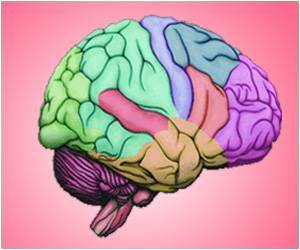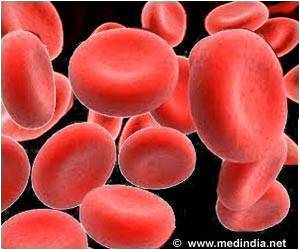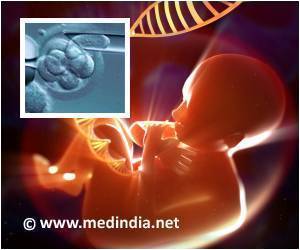To spoil the bunch, it only takes one bad apple and the same may be true of certain proteins in the brain.

"This study has important implications for Parkinson's disease and other neurodegenerative disorders," said National Institute of Neurological Disorders and Stroke (NINDS) Director Story Landis, Ph.D. "We know that among patients with Parkinson's disease, there are variations in the way that the disorder affects the brains. This exciting new research provides a potential explanation for why those differences occur."
An example of such a protein is alpha-synuclein, which can accumulate in brain cells, causing synucleinopathies, multiple system atrophy, Parkinson's disease, Parkinson's disease with dementia (PDD), and dementia with Lewy bodies (DLB). In addition, misfolded proteins other than alpha-synuclein sometimes aggregate, or accumulate, in the same brains. For example, tau protein collects into aggregates called tangles, which are the hallmark of Alzheimer's disease and are often found in PDD and DLB brains. Findings from this study raise the possibility that different structural shapes, or strains, of alpha-synuclein may contribute to the co-occurrence of synuclein and tau accumulations in PDD or DLB.
In the new study, published in Cell, Jing L. Guo, Ph.D., and her colleagues from the University of Pennsylvania Perelman School of Medicine, Philadelphia, wanted to see if different preparations of synthetic alpha-synuclein fibrils would behave differently in neurons that were in a petri dish as well as in mouse brains. They discovered two strains of alpha-synuclein with distinct seeding activity in neurons: while one strain (strain A) resulted in accumulation of alpha-synuclein alone, the other strain (strain B) resulted in accumulations of both alpha-synuclein and tau.
The researchers also injected strain A or strain B into the brains of mice engineered to make large amounts of human tau, and then monitored the formation of alpha-synuclein and tau aggregates at various time points. Mice that received injections of synuclein strain B showed more accumulation of tau — earlier and across more brain regions — compared to mice that received strain A.
The researchers also examined the brains of five patients who had PDD, some of whom also had Alzheimer's. In this small sample, there was evidence of two different structural forms of alpha-synuclein, one in PDD brains and a distinctly different one in PDD/Alzheimer's brains, supporting the existence of disease-specific strains of the protein in human diseases.
Advertisement
Although the two strains used in this study were created in test tubes, the authors noted that in human brains, where the environment is much more complicated, the chances of forming additional disease-related alpha-synuclein strains may be greater.
Advertisement
She commented, "We are just beginning to understand some of these strains and there may be many others. We hope to find a way to identify strains that are relevant to human disease."
Source-Eurekalert















